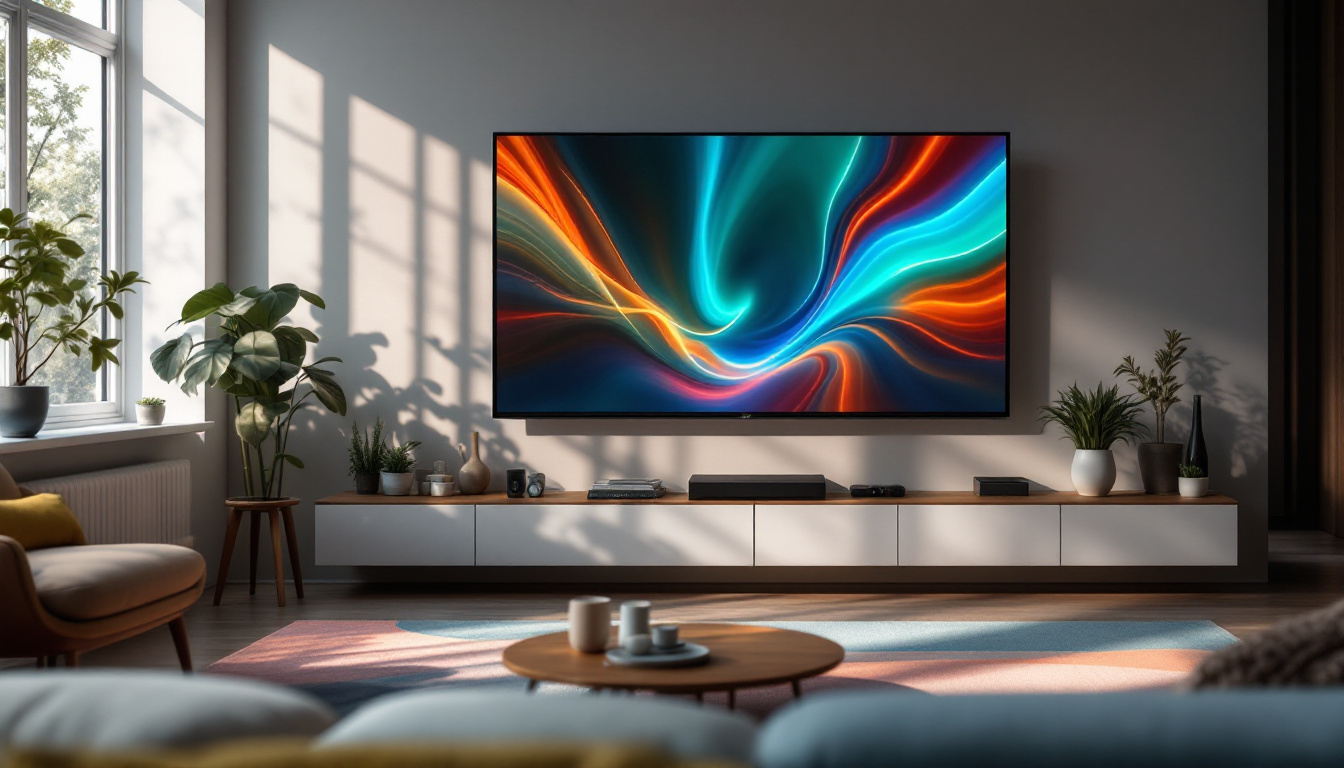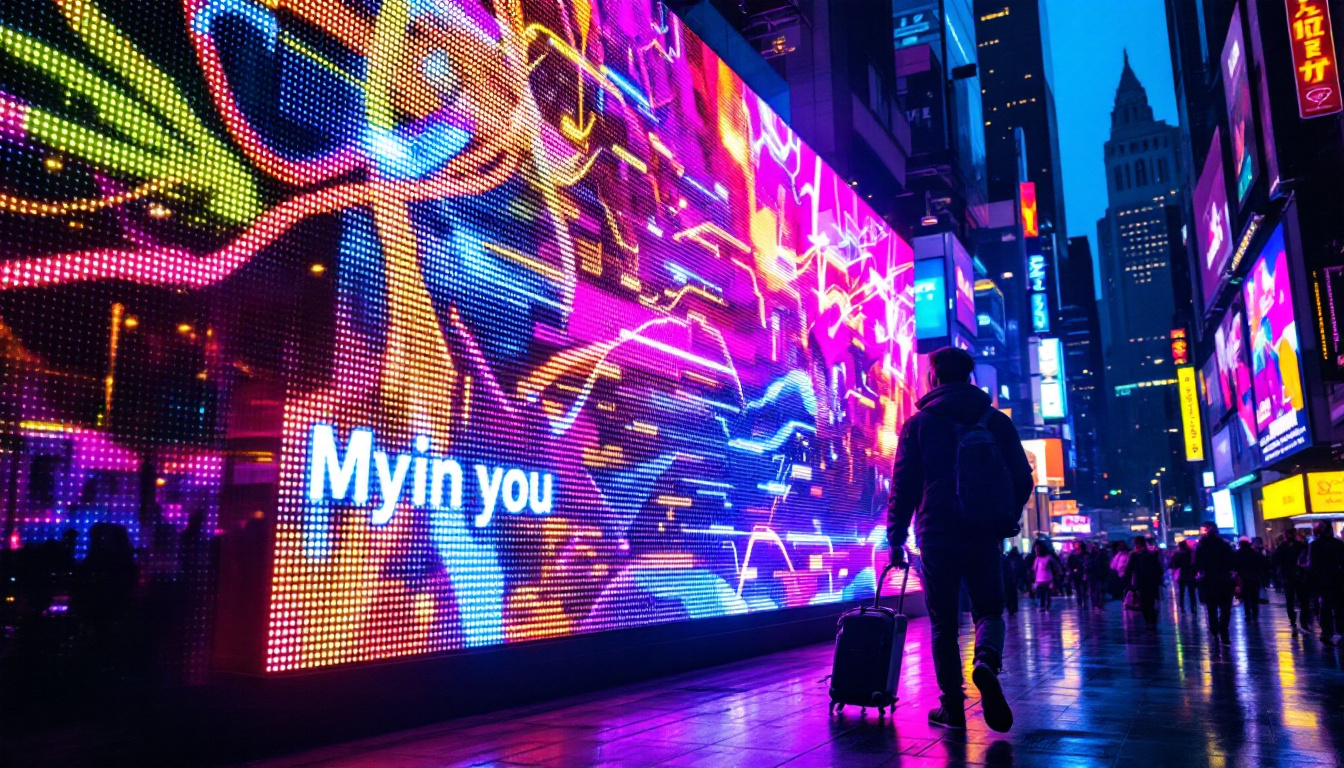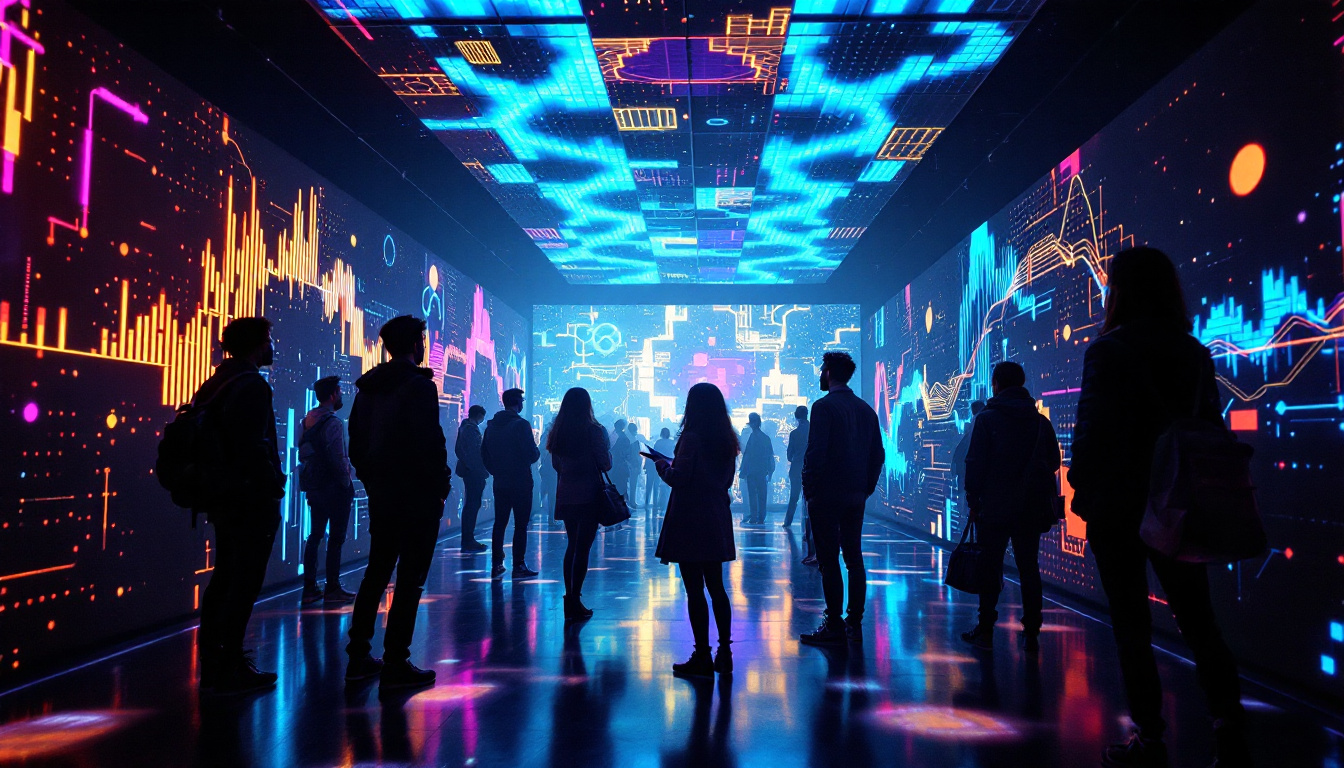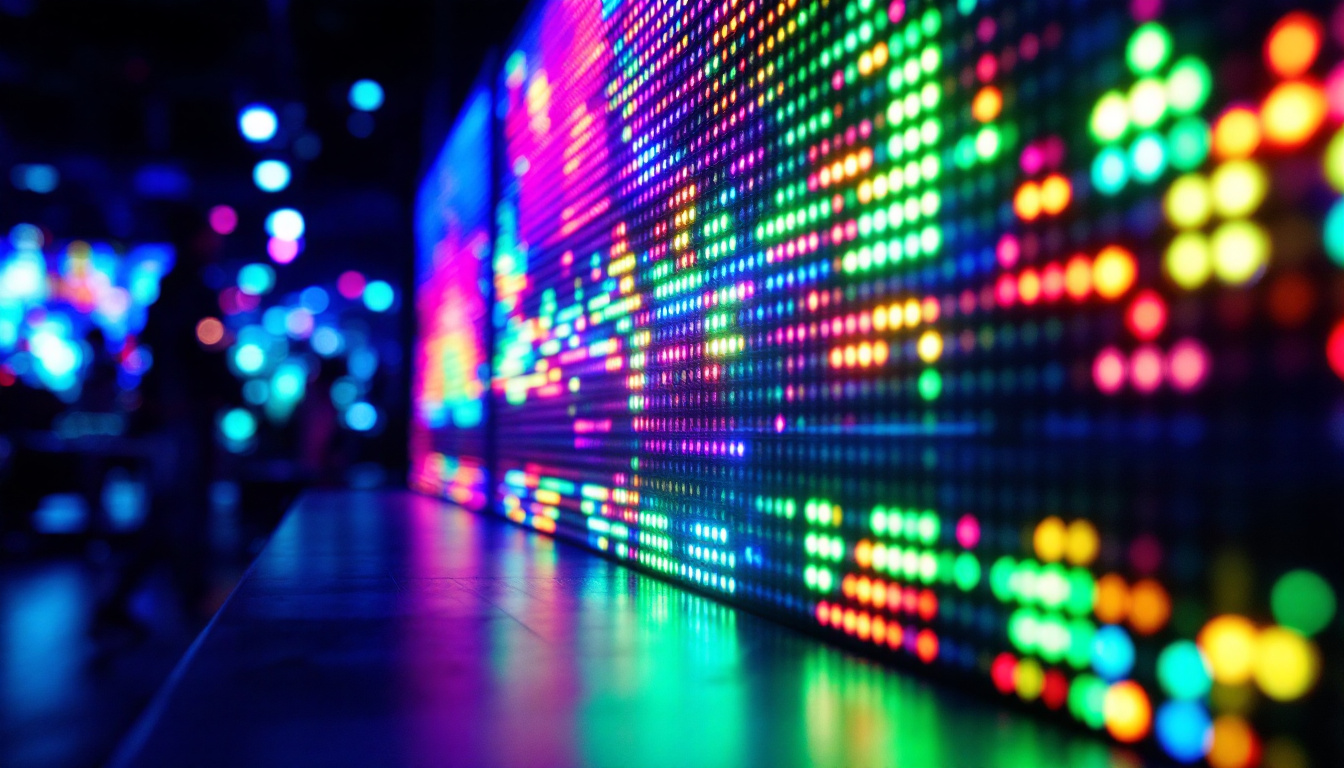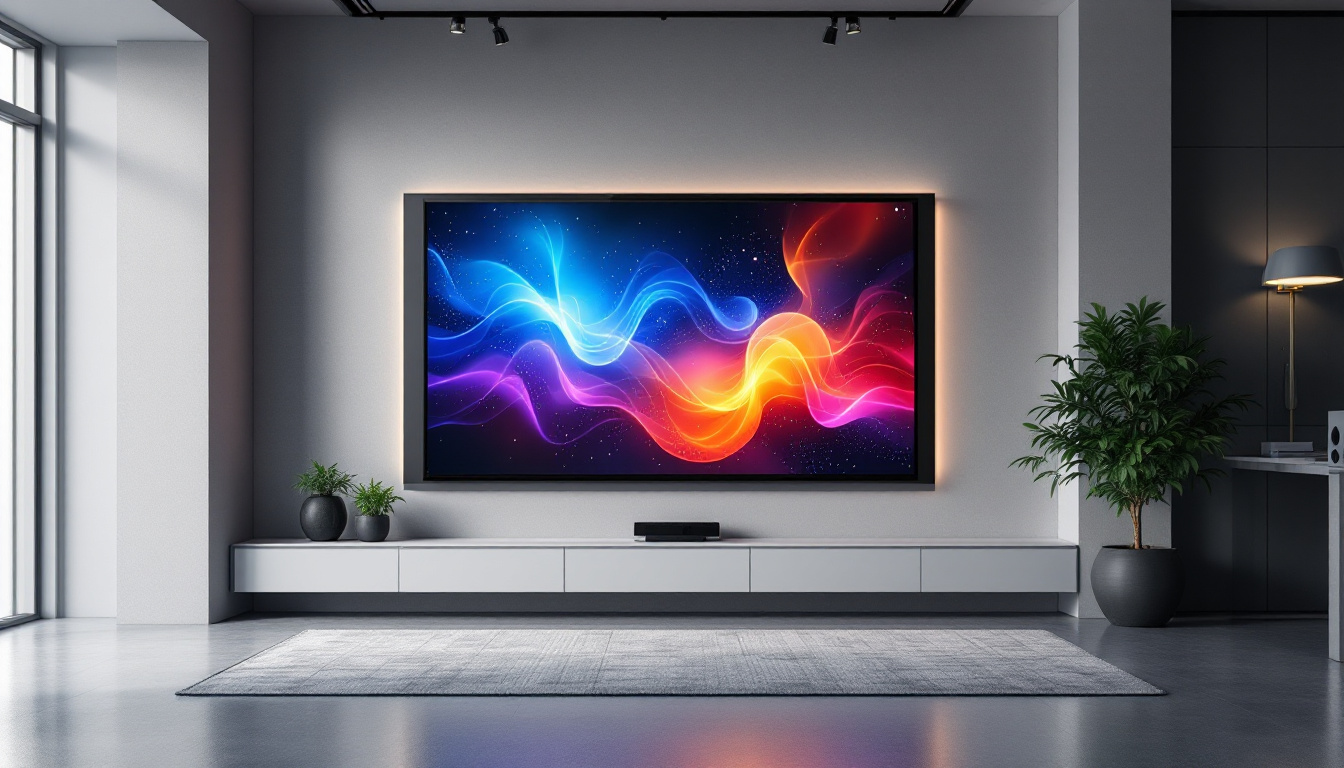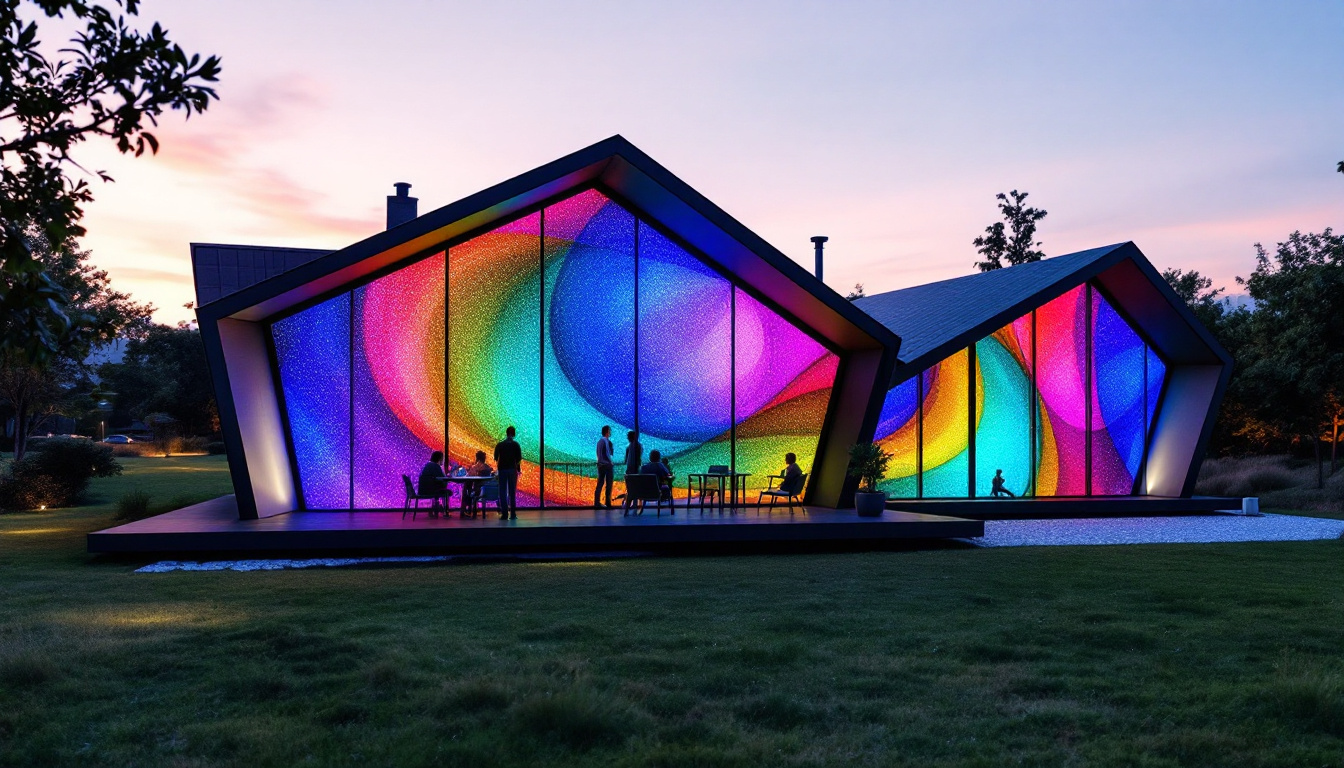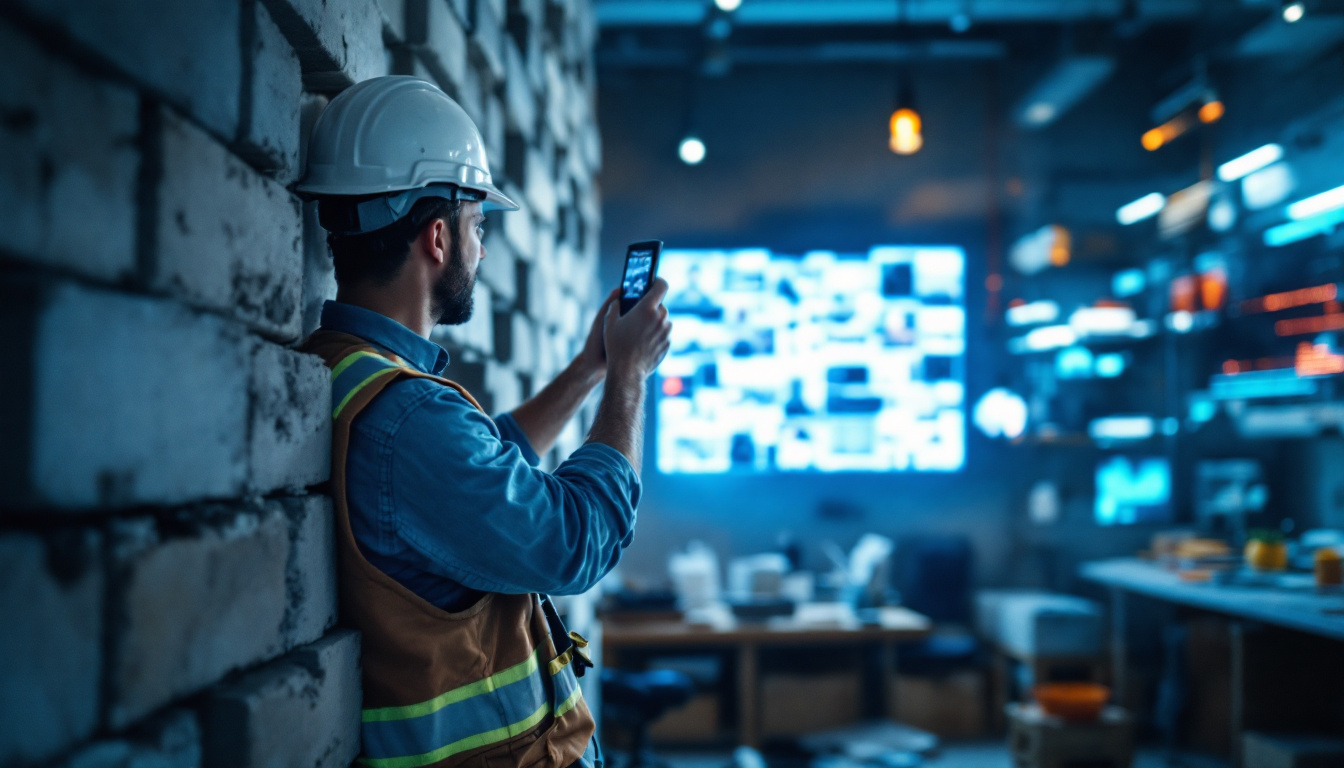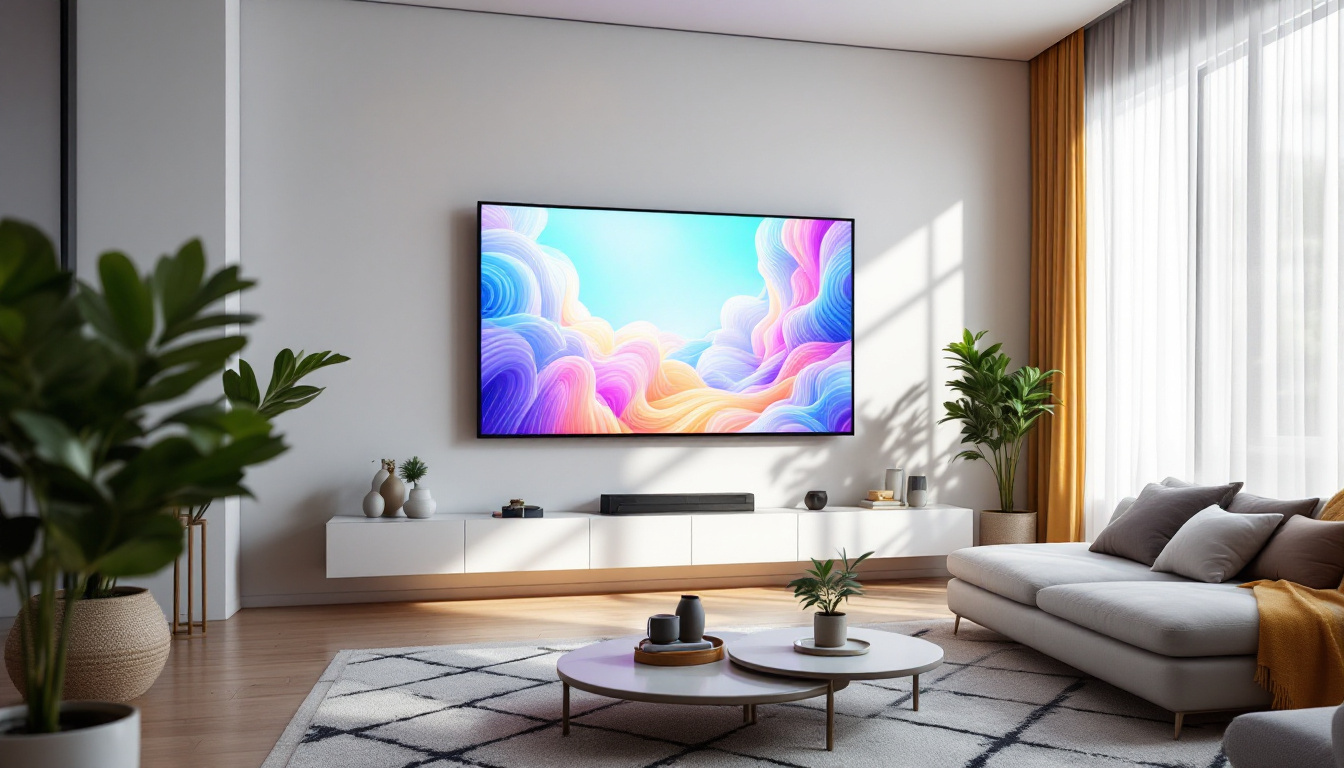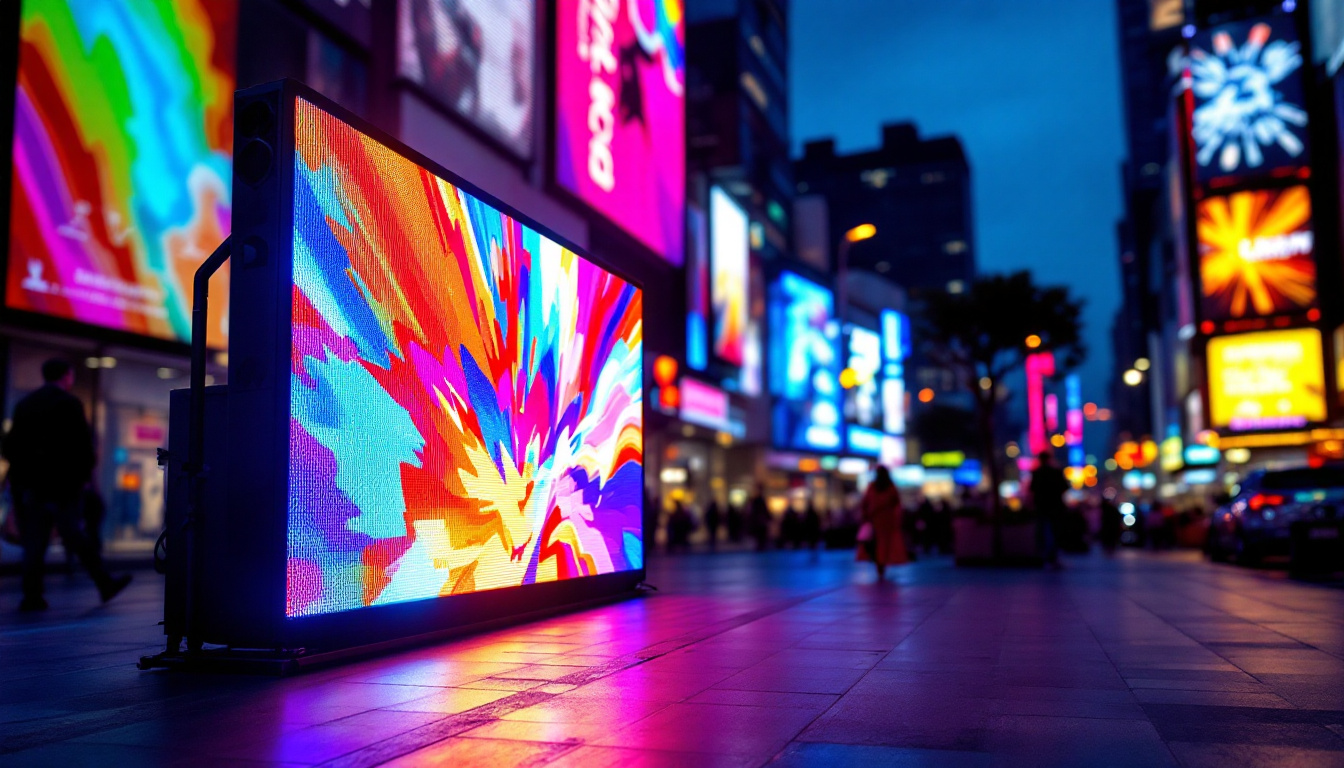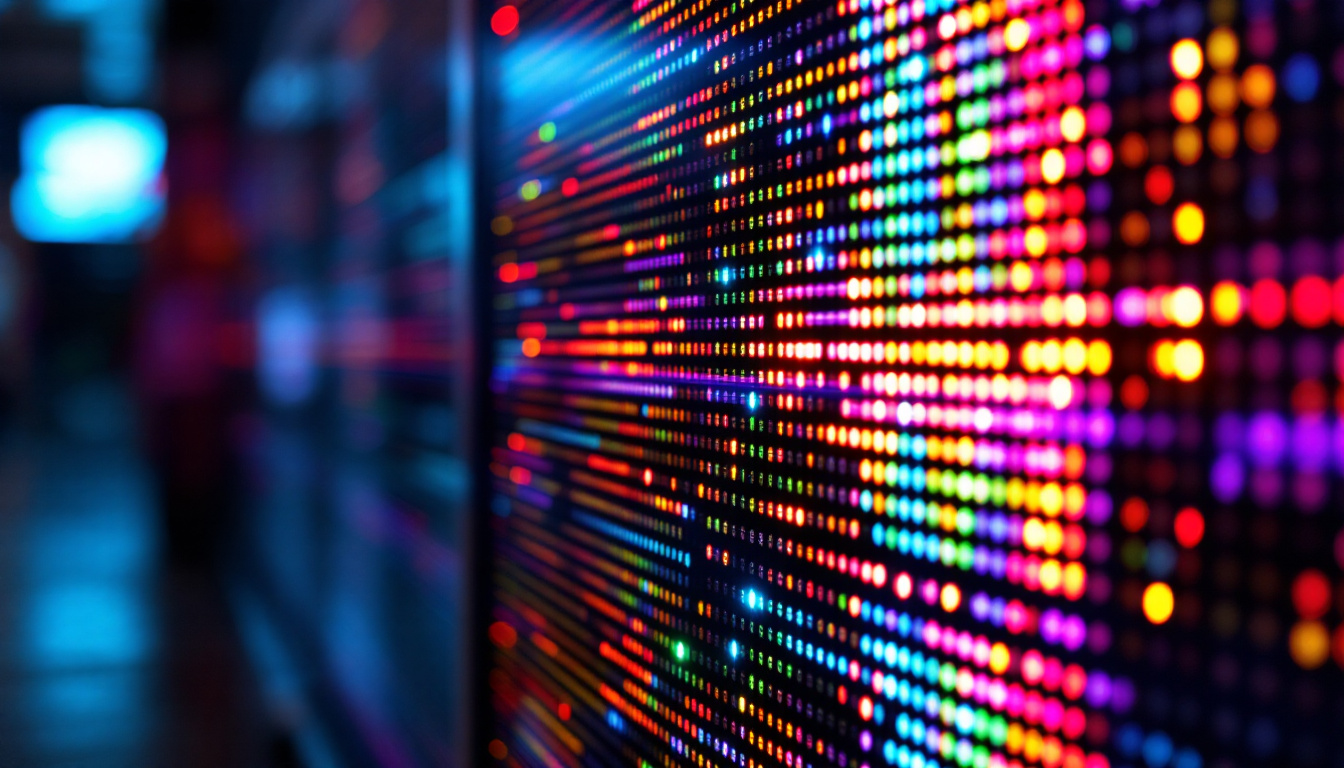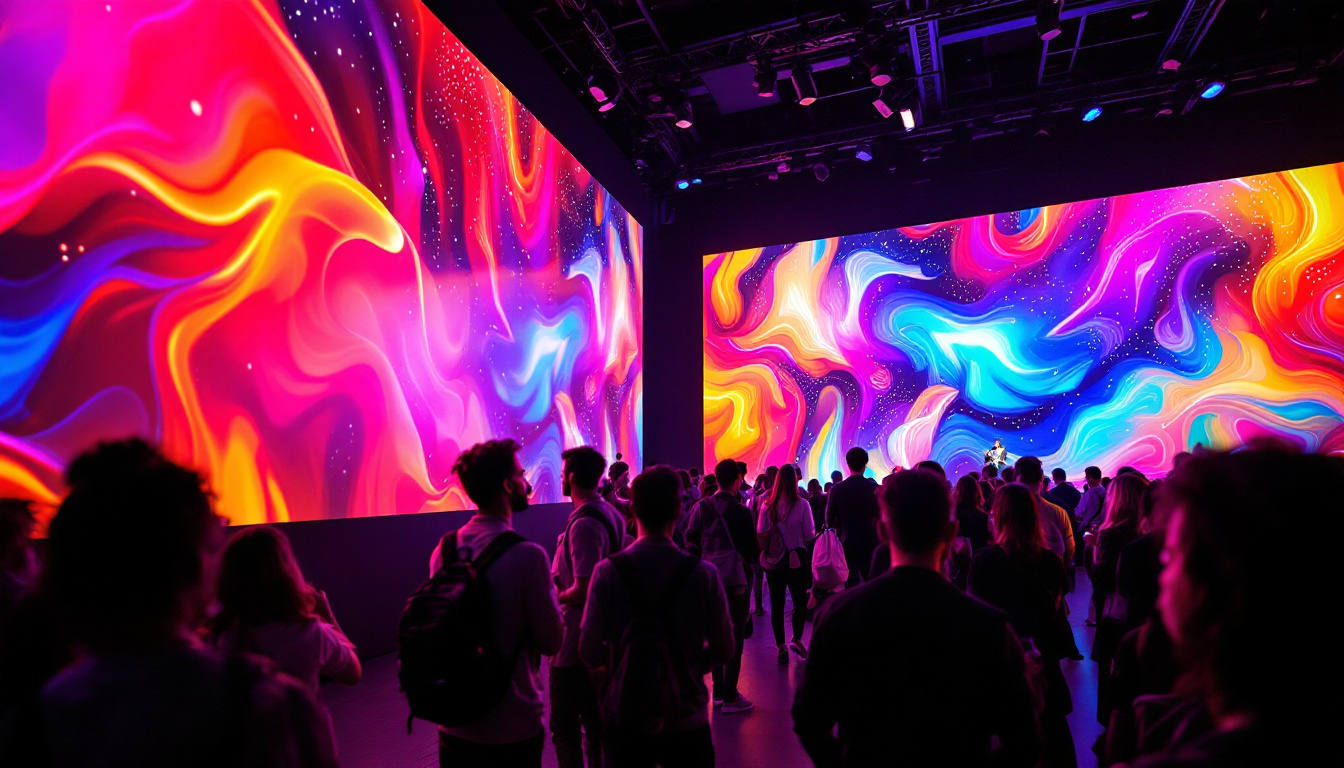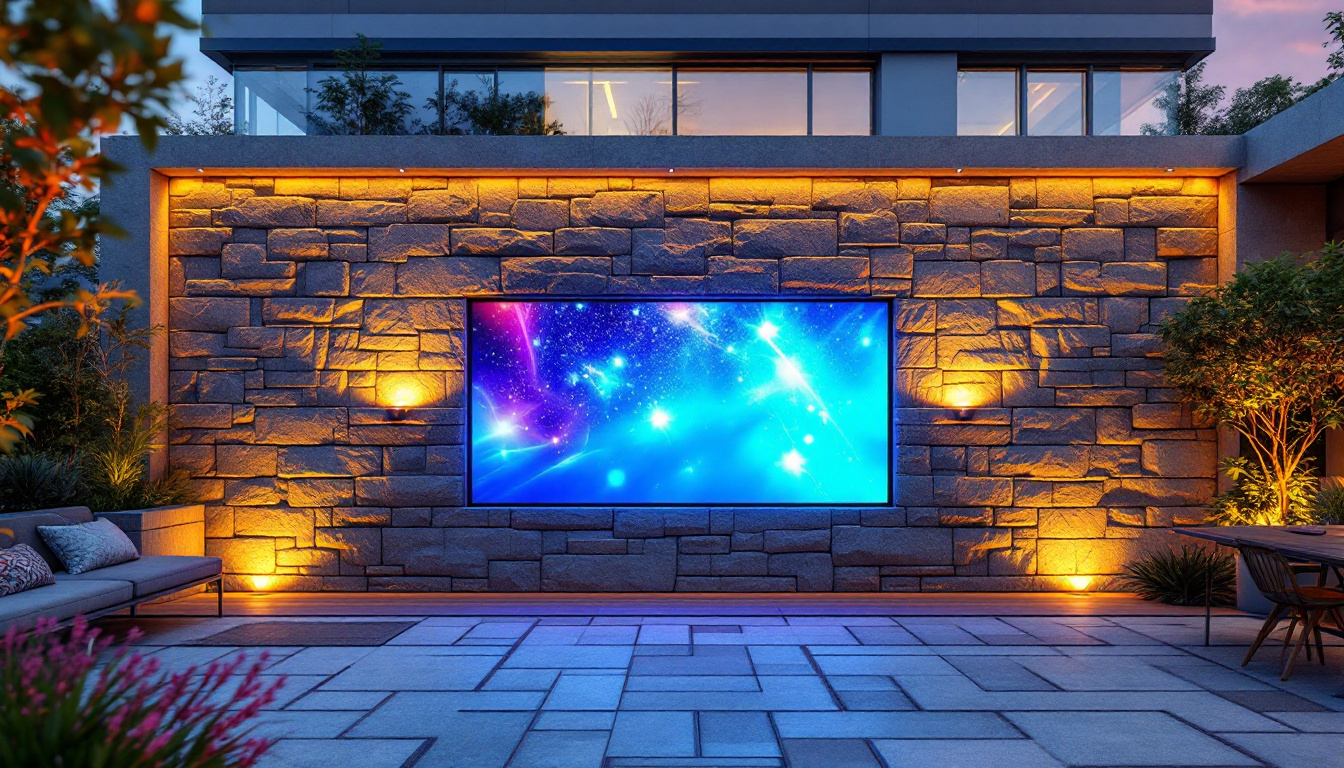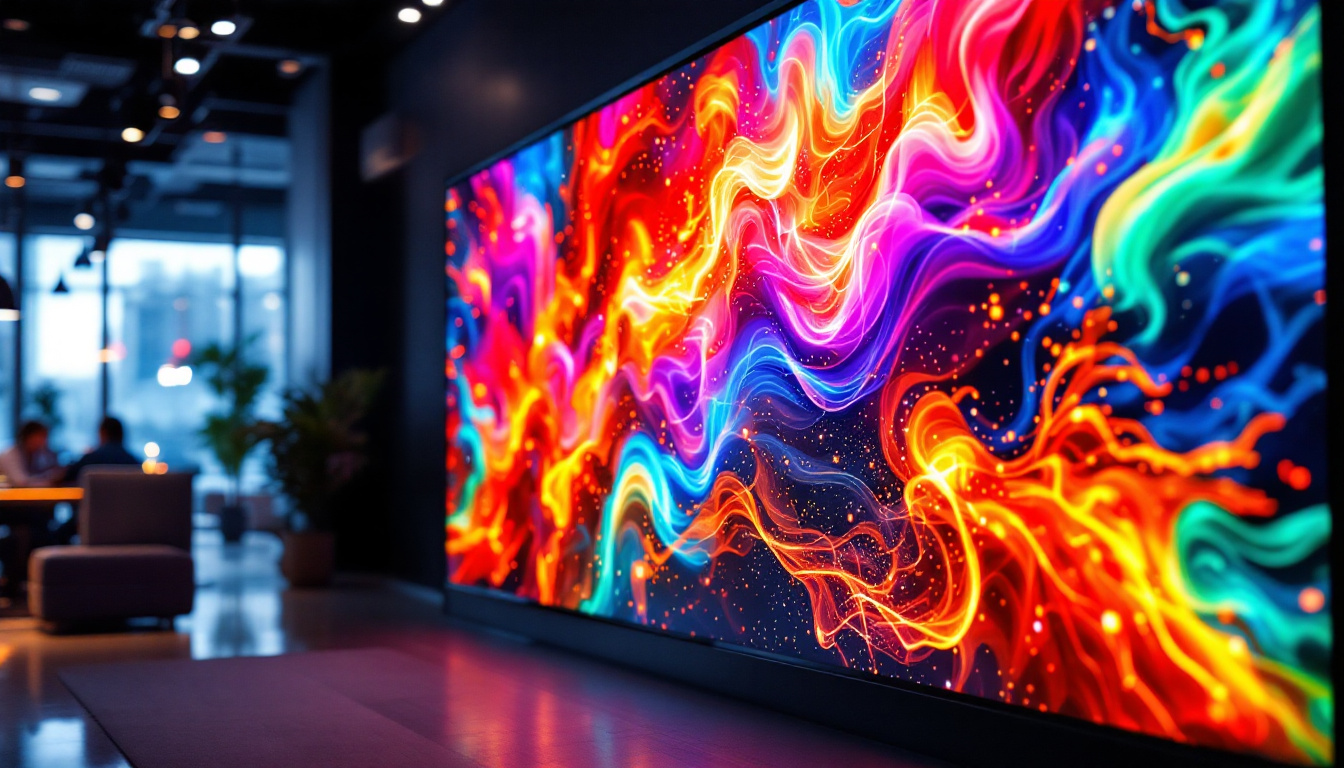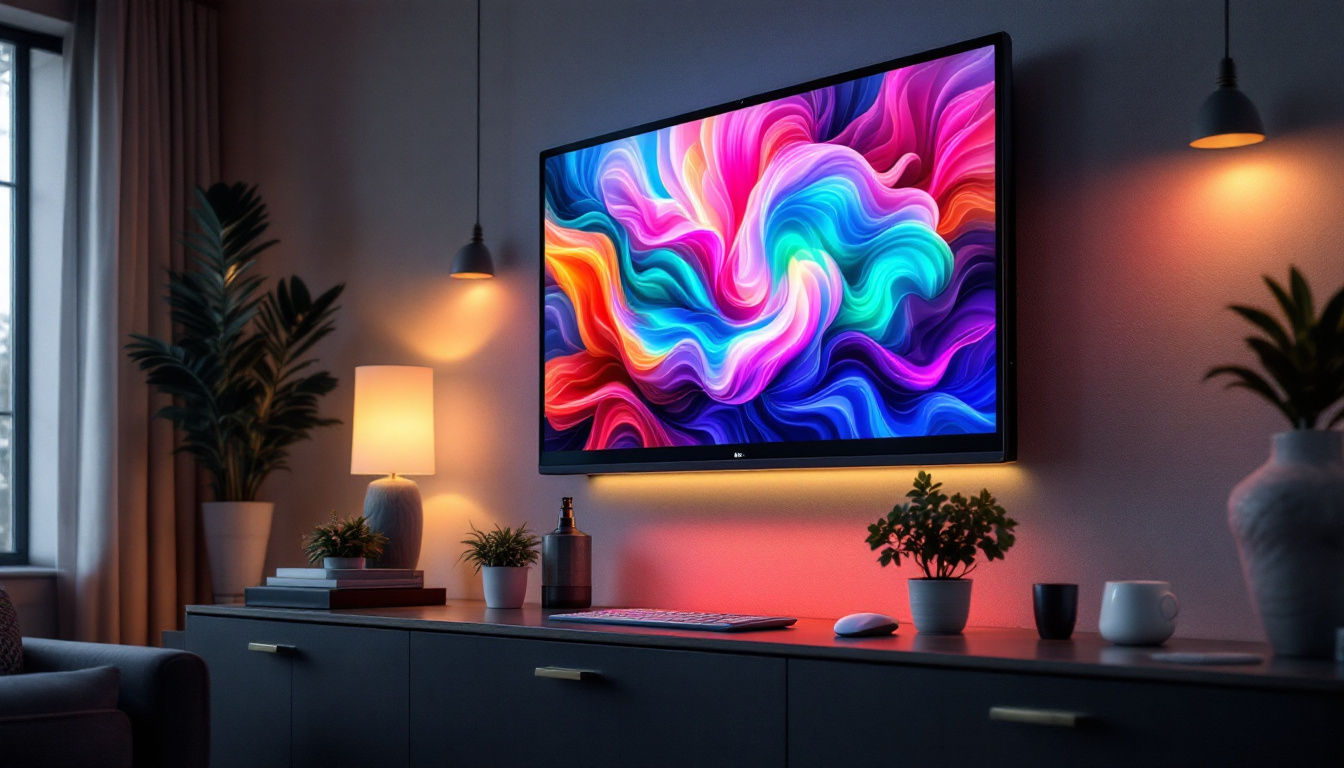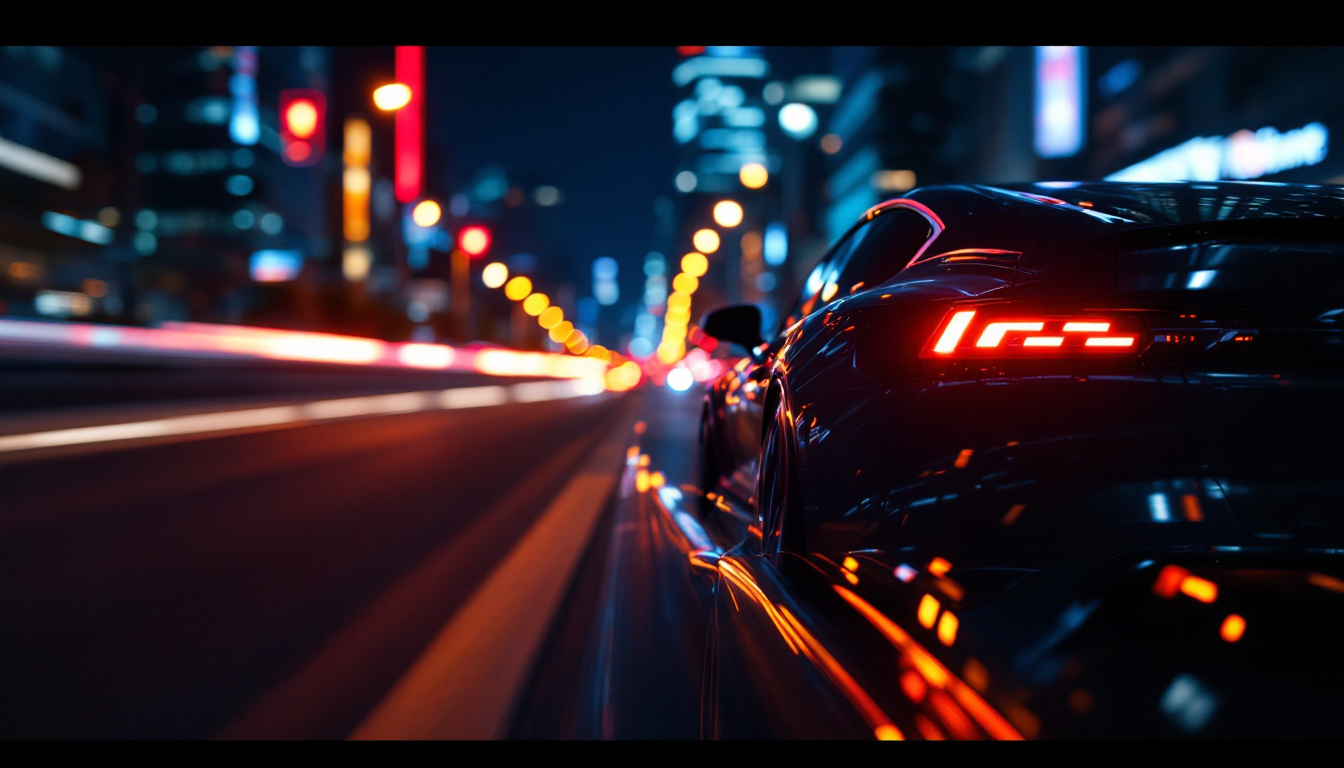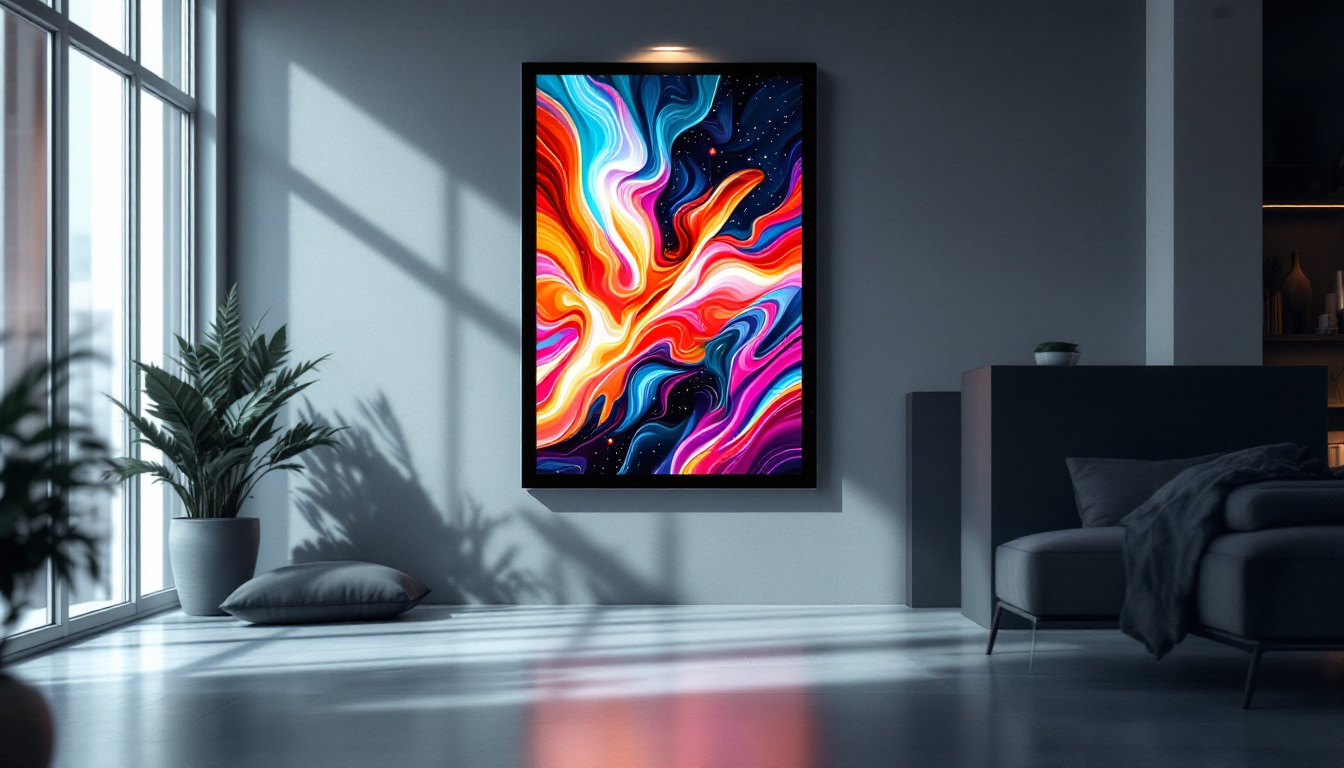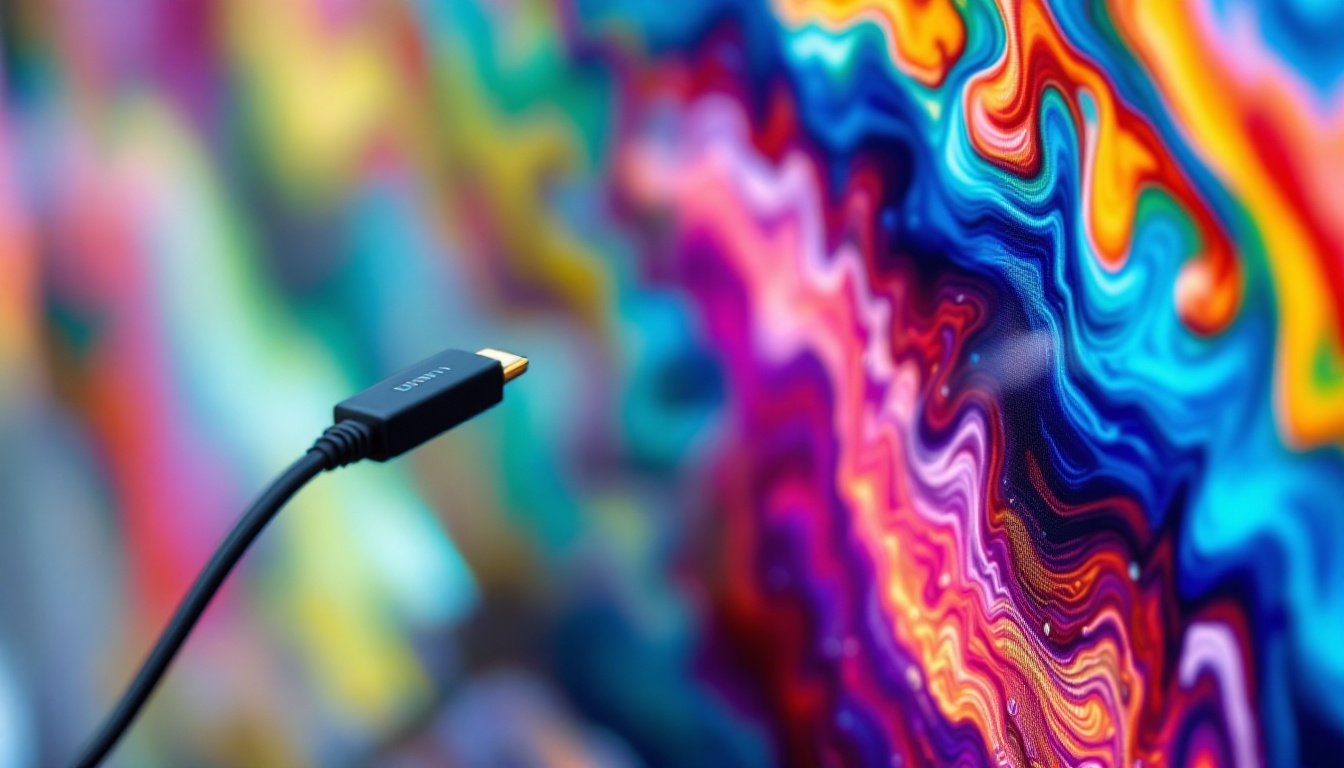In the modern era of visual communication, LED displays have emerged as a dominant force, transforming the way information is presented and consumed. Whether in advertising, entertainment, or information dissemination, LED technology has revolutionized the landscape of visual displays. This article delves into the intricacies of LED displays, exploring their components, advantages, applications, and future trends.
Understanding LED Technology
Light Emitting Diodes (LEDs) are semiconductor devices that emit light when an electric current passes through them. This technology has evolved significantly over the years, leading to the development of various types of LED displays. The fundamental principle behind LEDs is electroluminescence, where materials emit light in response to an electric current. The efficiency of LEDs is one of their most remarkable features; they convert a higher percentage of electrical energy into visible light compared to traditional incandescent bulbs, making them a more sustainable lighting option.
The Components of LED Displays
LED displays consist of several key components that work together to produce vibrant images and videos. The primary elements include:
- LED Modules: These are the building blocks of LED displays, containing multiple LEDs arranged in a grid. Each module can be independently controlled to create dynamic images. The arrangement of these modules can vary, allowing for flexibility in design and functionality.
- Power Supply: A reliable power supply is crucial for maintaining consistent brightness and performance. It converts AC power to the DC power required by the LEDs. Advanced power supplies also include features like surge protection and thermal management to enhance the longevity of the display.
- Controller: The controller manages the input signals and determines how the LEDs will light up, allowing for complex animations and video playback. Modern controllers support various input formats, enabling seamless integration with different media sources.
Each of these components plays a vital role in ensuring that the LED display functions optimally, delivering high-quality visuals that captivate audiences. Additionally, the integration of smart technology into LED displays has opened up new possibilities, such as remote management and real-time content updates, making them even more versatile for advertisers and event organizers alike.
Types of LED Displays
LED displays come in various forms, each suited for different applications. The main types include:
- Indoor LED Displays: These displays are designed for indoor environments, offering high resolution and brightness suitable for close viewing. They are often used in venues like theaters, conference rooms, and retail spaces, where clarity and detail are paramount.
- Outdoor LED Displays: Built to withstand harsh weather conditions, outdoor displays are typically larger and brighter, ensuring visibility even in direct sunlight. These displays are commonly seen in sports arenas, billboards, and public transport stations, where they can attract attention from a distance.
- Transparent LED Displays: These innovative displays allow light to pass through, making them ideal for storefronts and exhibitions where visibility is crucial. Their unique design enables businesses to showcase products while still maintaining an open feel, blending technology with aesthetics.
Understanding the different types of LED displays is essential for selecting the right solution for specific needs, whether for advertising, events, or information sharing. Furthermore, advancements in LED technology have led to the emergence of flexible and curved displays, which can conform to various shapes and surfaces, providing even more creative possibilities for designers and marketers. As the industry continues to innovate, the applications for LED technology are expanding, promising an exciting future for visual communication.
Advantages of LED Displays
LED displays offer a myriad of advantages over traditional display technologies. Their unique properties make them a preferred choice for various applications.
Energy Efficiency
One of the most significant benefits of LED technology is its energy efficiency. LED displays consume considerably less power compared to older technologies like LCD and CRT displays. This not only reduces operational costs but also minimizes the environmental impact, making them a more sustainable choice. Furthermore, the lower energy consumption translates to reduced heat generation, which can enhance the lifespan of the display and surrounding equipment, leading to even greater savings in maintenance and operational costs.
High Brightness and Contrast
LED displays are known for their exceptional brightness levels, which allow them to perform well in various lighting conditions. The high contrast ratios ensure that images remain sharp and vibrant, even in brightly lit environments. This capability is particularly advantageous for outdoor advertising, where visibility is paramount. Additionally, the ability to produce a wide color gamut means that LED displays can reproduce colors more accurately, making them ideal for applications that require precise color representation, such as graphic design and photography.
Longevity and Durability
LED displays are built to last, with a lifespan that can extend beyond 100,000 hours. This durability makes them a cost-effective investment, as they require less frequent replacements compared to traditional displays. Additionally, their robust construction allows them to withstand harsh weather conditions, making them suitable for outdoor applications. The resilience of LED technology also means that they are less prone to damage from impacts and vibrations, which is particularly beneficial for installations in high-traffic areas or environments prone to physical disturbances. This reliability ensures that businesses can maintain a consistent visual presence without the worry of frequent downtime or costly repairs.
Applications of LED Displays
The versatility of LED displays has led to their widespread adoption across various industries. From advertising to entertainment, their applications are vast and varied.
Advertising and Marketing
In the realm of advertising, LED displays have become a staple for businesses looking to capture the attention of potential customers. digital billboards, storefront displays, and event signage utilize LED technology to create eye-catching visuals that engage audiences. The ability to change content quickly allows advertisers to tailor their messages to specific demographics or events, enhancing marketing strategies. Furthermore, the vibrant colors and high brightness of LED displays ensure that advertisements stand out even in bright daylight, making them an effective tool for outdoor marketing campaigns. As technology evolves, interactive LED displays are also gaining traction, allowing consumers to engage directly with the content through touch or motion sensors, thereby creating a more personalized experience.
Entertainment and Events
LED displays play a crucial role in the entertainment industry, from concerts to sporting events. Large-scale LED screens are often used to enhance the audience experience, providing dynamic visuals that complement performances. Additionally, LED technology is utilized in stage backdrops and lighting, creating immersive environments that captivate viewers. The flexibility of LED panels allows for creative designs and configurations, enabling event organizers to craft unique visual narratives that resonate with audiences. In festivals and live shows, LED displays can also be synchronized with music and other elements, amplifying the overall sensory experience and leaving a lasting impression on attendees.
Information Dissemination
public information displays, such as those found in transportation hubs, utilize LED technology to convey real-time information. Whether displaying train schedules, flight information, or emergency alerts, LED displays ensure that critical information is communicated effectively and efficiently. These displays are not only functional but also designed to be user-friendly, often featuring clear fonts and intuitive layouts that enhance readability from various distances. Moreover, the integration of LED displays with mobile apps and online platforms allows for seamless updates and notifications, ensuring that travelers receive timely information right at their fingertips. This synergy between digital signage and mobile technology is revolutionizing how information is shared in public spaces, making it more accessible and immediate than ever before.
Future Trends in LED Display Technology
The LED display industry is constantly evolving, with new advancements on the horizon. As technology continues to develop, several trends are emerging that promise to shape the future of LED displays.
Advancements in Resolution
As consumer demand for higher-quality visuals increases, manufacturers are focusing on enhancing the resolution of LED displays. The advent of MicroLED and MiniLED technologies is paving the way for displays with even finer pixel pitches, resulting in sharper images and improved color accuracy. This trend is particularly relevant for applications requiring close viewing, such as retail and exhibitions.
Integration with Smart Technology
The integration of LED displays with smart technology is another trend gaining traction. With the rise of the Internet of Things (IoT), LED displays can now be connected to various devices, allowing for real-time content updates and remote management. This capability enhances operational efficiency and enables businesses to respond quickly to changing conditions or audience preferences.
Eco-Friendly Innovations
As sustainability becomes a priority for many industries, the LED display sector is also making strides toward eco-friendly practices. Innovations in materials and manufacturing processes aim to reduce waste and energy consumption. Additionally, the development of recyclable LED displays is on the rise, further contributing to a more sustainable future.
Conclusion
LED displays have transformed the landscape of visual communication, offering unparalleled advantages in terms of energy efficiency, brightness, and durability. Their versatility allows for a wide range of applications, from advertising to entertainment and information dissemination. As technology continues to advance, the future of LED displays looks promising, with trends pointing towards higher resolutions, smart integration, and eco-friendly innovations.
Understanding the intricacies of LED displays is essential for businesses and organizations looking to leverage this technology for effective communication. By embracing the potential of LED displays, stakeholders can enhance their visual strategies and engage audiences in meaningful ways.
In summary, LED displays are not just a passing trend; they are a fundamental component of modern visual communication, paving the way for a brighter, more engaging future.
Discover LumenMatrix LED Display Solutions
Ready to elevate your visual communication strategy with the latest in LED display technology? Look no further than LumenMatrix, where innovation meets excellence. Our comprehensive range of LED display solutions, from Indoor and Outdoor LED Wall Displays to specialized options like Vehicle, Sports, and Floor LED Displays, is designed to captivate your audience and amplify your message. Whether you’re seeking a Custom LED Display or an All-in-One solution, LumenMatrix is committed to transforming your visual presence. Experience the future of digital signage with our state-of-the-art LED Transparent Displays. Check out LumenMatrix LED Display Solutions today and join the revolution in visual communication.




